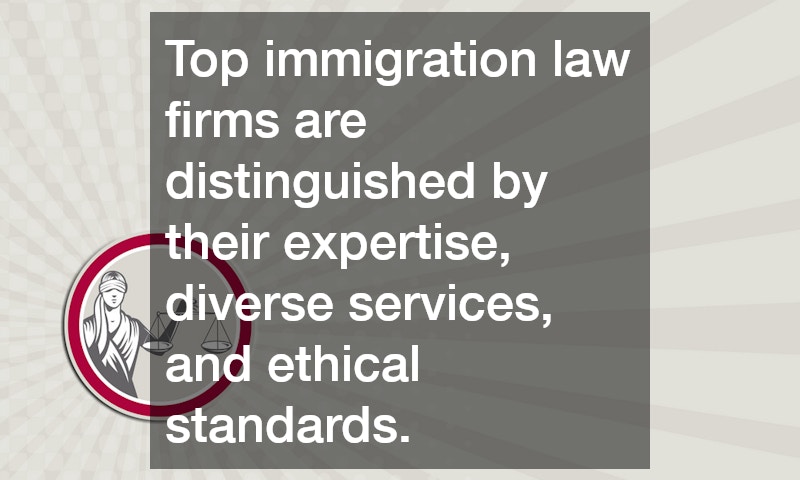Over the past years, a buzzword in tech circles has reached the mainstream — the cloud. While the name evokes ethereal meanings, it’s just a term used for remote servers that can store your data or run programs outside your computer. It might seem complex, but you’ve probably been using the cloud over the past years without knowing it.
Email and Data Storage
Email providers like Gmail and Yahoo connect you to a public cloud owned by them. Your messages and files are stored away from your computer, but you can access them by logging into your email account.
Without a cloud platform, you won’t be able to communicate with another person unless they are online at the same time (like in the earliest days of chat). The cloud gives your messages and other files storage space — like a mailman waiting on someone’s door until they receive what you sent.
Social media platforms like Facebook, Instagram, Twitter, and YouTube allow you to access content from around the world. They hold massive amounts of data, and downloading these data into your computer before viewing them is simply out of the question. Using the cloud allows you to share and access these data instantly — while consuming minimal computing power from your own computer.

Commercial Applications
The cloud isn’t just about data and storage — a few companies offer cloud-based programs you can access through your computer. Instead of installing a program into your computer and taking up space and computing power, you can just access a program in the cloud and leave the computing to a host of servers.
Large companies and corporations will usually use both private and public clouds. Private clouds are run on a private network that can only be accessed within company grounds or by employees with the proper clearance. Private clouds allow the sharing of information in a more secure network, eliminating the need for physical copies and messengers going about each building or department. Online banking and shopping are great examples of how corporations make use of the cloud to expand their services. Online services make it easy for a customer to access services or purchase from their computer at home.
Pros and Cons
Using the cloud gives you access to a more secure and larger storage space. A USB or smartphone can easily get lost, and your computer can crash and wipe your data. A cloud-based program eliminates the need to purchase and install a program on your computer. While freeing up valuable RAM is pretty good, a more important aspect is cutting costs. Cloud-based programs are usually subscription-based. They allow you to use the program for as long as you need it. Although security was once a problem, many cloud services have tightened their security and are now virtually inaccessible to outside threats. Of course, you’ll still need to be online to access the cloud, and an internet outage can leave you unable to connect with your data until services can be restored.
The cloud is already a part of your life. Whether you’re streaming movies at home, checking messages at work, or playing a game on your phone during coffee breaks — there’s no escaping the cloud.

